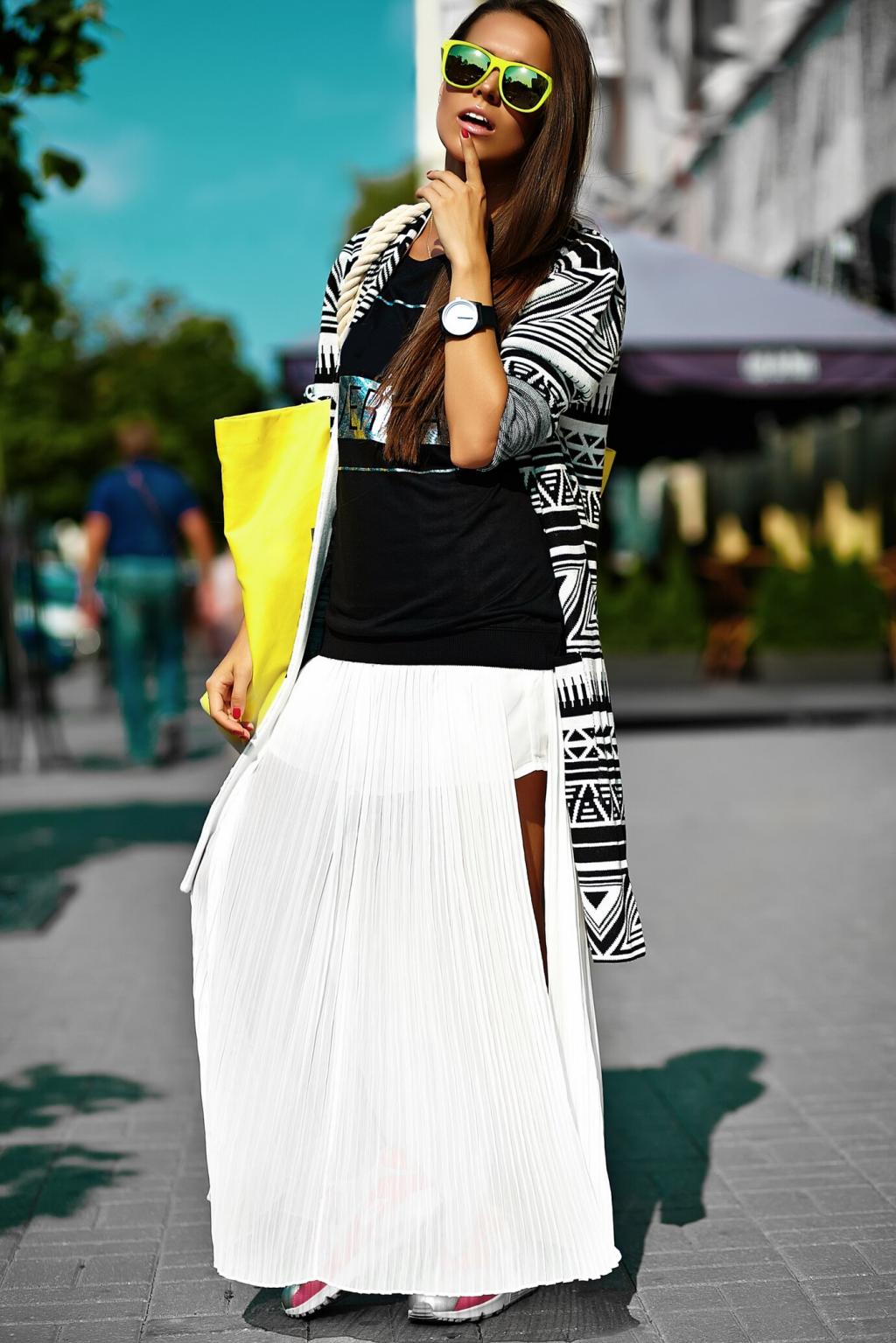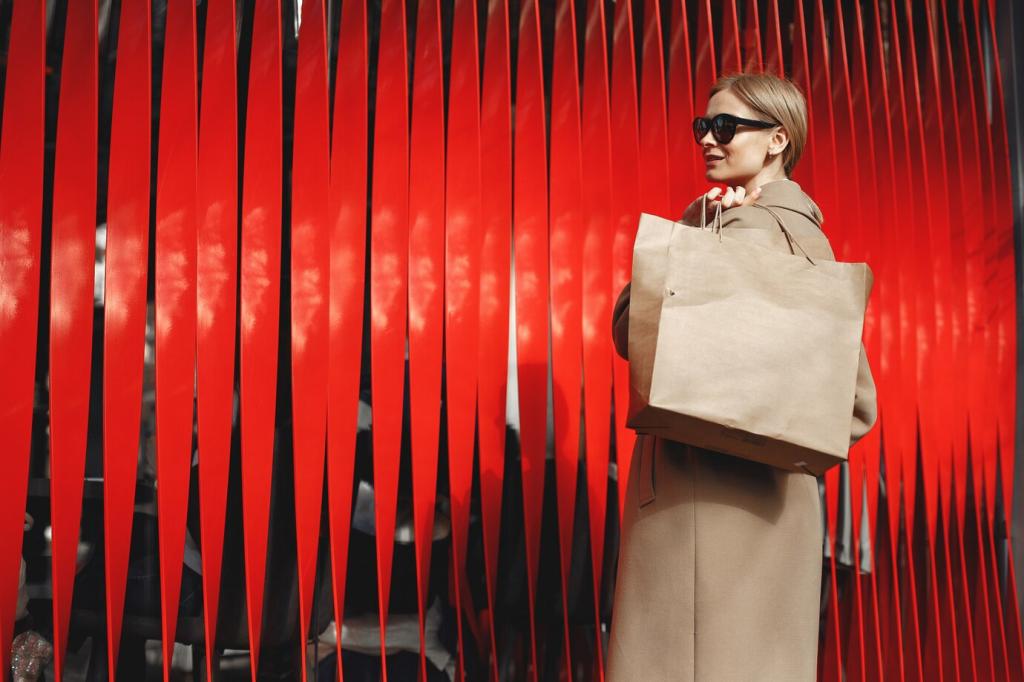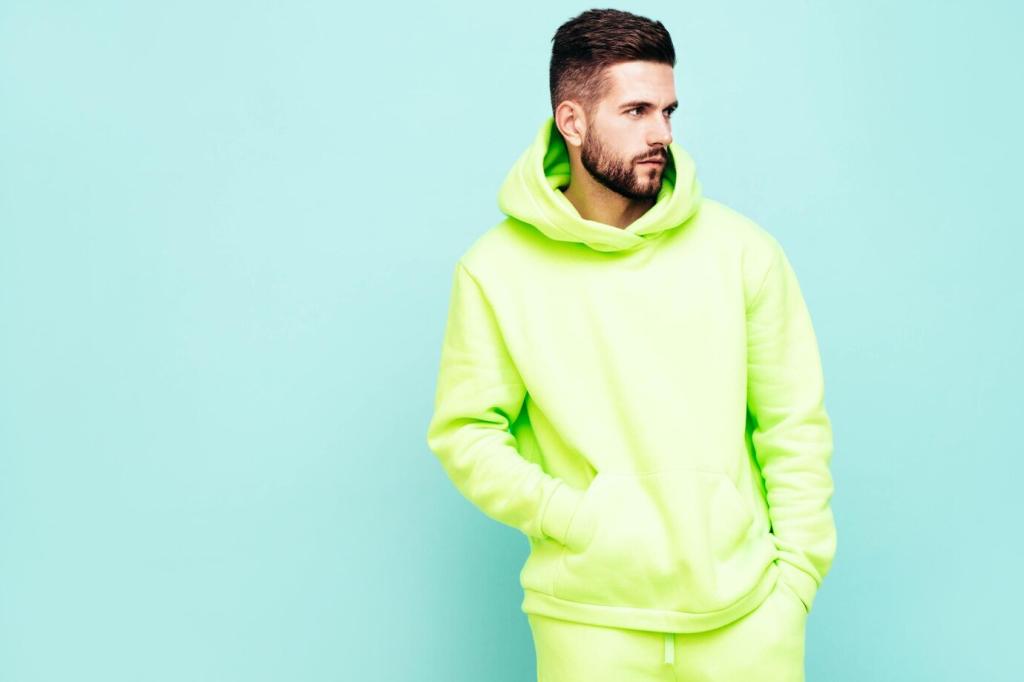Stories from the Movement: Real Wins, Real Lessons
A startup launched a compostable shoe, then discovered stitching complicated end-of-life. They redesigned with fewer components, proving transparency and iteration can turn early missteps into meaningful impact.
Stories from the Movement: Real Wins, Real Lessons
A cooperative partnered with a brand to revive traditional weaving using rain-fed fibers. Earnings funded school supplies and looms, showing heritage art can thrive within modern, ethical fashion frameworks.








